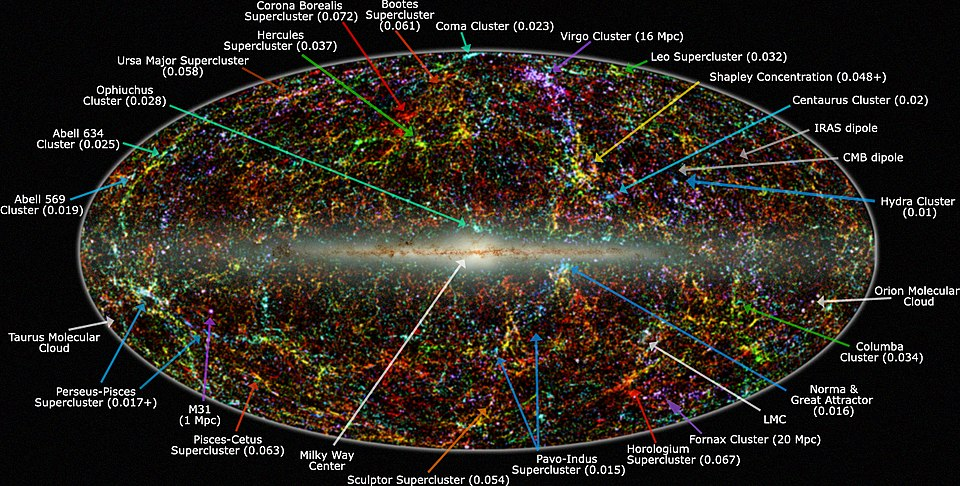
A thought-provoking quote from John Archibald Wheeler lingers over the quantum landscape: “At the heart of everything is a question, not an answer.” For half a century, Wheeler’s participatory universe has unsettled physicists and philosophers alike, suggesting that observation itself may not merely reveal, but actually bring the universe into being. This radical idea, once dismissed as metaphysical fancy, now finds itself at the center of rigorous debate and cutting-edge experiment.
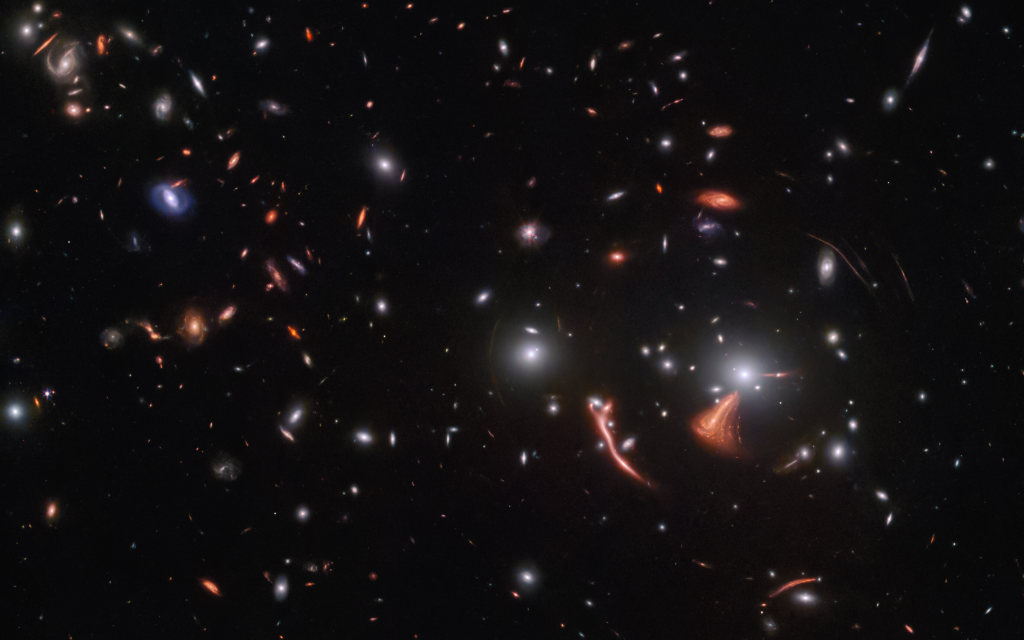
1. Wheeler’s Participatory Universe: Observation as Creation
Wheeler’s participatory universe suggests that reality is not an objective, fixed backdrop but is actually determined by acts of observation. He famously represented this with a “U” diagram: an observer is at one end, gazing back into the past of the universe, which indicates that the act of observation brings the past into tangible existence. As Wheeler succinctly stated, “No phenomenon becomes a true phenomenon until it has been observed.” His student, Dr. Bob Wald, remembers Wheeler’s belief that the history of the universe only becomes definite when seen by conscious observers.
It is this notion that Wheeler’s aphorism, “it from bit,” signifies i.e., that all particles, fields, even spacetime itself, owe their function, their meaning, their very existence purely to binary yes-or-no questions by observers (“it from bit” as a guide). Wheeler’s epiphany, in which he was prompted by information theory, upends the idea of a purely physical universe and instead presumes information and observation embedded in the fabric of reality.

2. The Quantum Measurement Problem and Consciousness
Tucked within Wheeler’s suggestion is the quantum measurement problem: why does measurement itself lead a quantum system to collapse from being in a superposition of possibilities to one definite outcome? This problem has raised a plethora of interpretations, ranging from the Copenhagen school insistence upon measurement to Everett’s many-worlds hypothesis, which Wheeler urged his students to investigate. As Dr. Andrei Linde points out, “The question is really whether the unobserved universe makes any sense in physics if you would not include this consciousness.”

The place of consciousness in measurement continues to be a topic of heated debate. It has been proposed by some physicists, including Niels Bohr and Eugene Wigner, that conscious observation is necessary, but others propose that wave function collapse takes place when information is stored irreversibly in a physical system, not necessarily in the mind (Can We Have Quantum Measurement Without an Observer?). The so-called “Heisenberg cut” separates the boundary between quantum and classical worlds, but where it is placed is still arbitrary a “shifty split,” as John Bell called it.

3. Delayed-Choice Experiments: Retrocausality in Action
Wheeler’s delayed-choice experiment is a dramatic illustration of quantum strangeness. In this experiment, the choice to observe the wave-like or particle-like behavior of a photon is postponed until after the photon has passed through the interferometer. Wheeler clarified, “You can make the choice after it has already made the journey. That’s a contradiction, but it does work.” Experimental implementations have verified that the choice of measurement, even when postponed, retroactively decides the observed quantum behavior (Quantum erasure with causally disconnected choice).
Experiments in recent times have gone beyond these limits. As an example, a satellite-ground interferometer with a distance of thousands of kilometers demonstrated that the complementary wave- or particle-like behaviors of photons are accessible at the ground station through a measurement decision made while the photons are in transit. The application of quantum random number generators guarantees that the selection is indeed random and space-like separated from the path of the photon, eliminating any classical cause-and-effect influence (Measurement of complementary dual wave-particle properties).

4. Quantum Eraser and Dual-Selection Paradigms
Expanding on Wheeler’s initial concept, quantum eraser experiments add entanglement to probe causality and complementarity further. Here, which-path information is erased or made available by a measurement on an entangled companion, in some cases even after the system photon has been detected. Importantly, recent experiments imposed Einstein locality, such that no physical signal could link the measurement options and results, preventing any classical interpretation (Quantum erasure under Einstein locality).
An innovative dual-selection delayed-choice experiment uses entangled ancilla qubits and quantum logic gates to drive both beam splitters within an interferometer, permitting unprecedented context control of measurements. The design uncovers richer quantum phenomena than the binary wave-or-particle measurements of conventional delayed-choice experiments, respecting the inseparability of system state and measurement (Experimental realization of Wheeler’s delayed-choice experiment with dual selections).
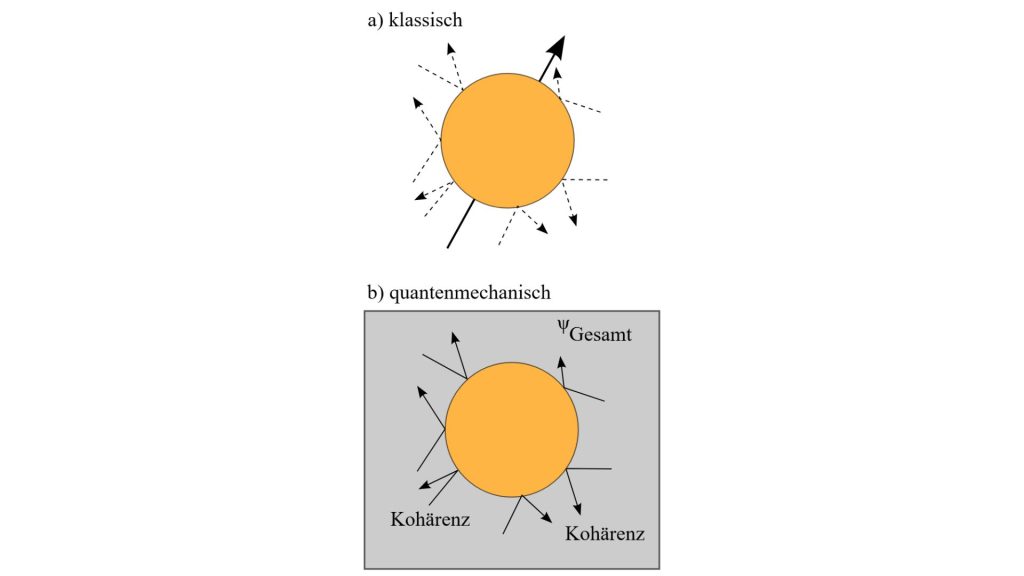
5. Decoherence: Connecting Quantum and Classical Worlds
The measurement problem has also contributed to the creation of decoherence theory, which describes how quantum superpositions seem to “collapse” when a system becomes entangled with its environment. Decoherence offers a way that classicality arises without the necessity of invoking consciousness, proposing that environmental entanglement leads to the degradation of coherence to effectively select a definite outcome (Decoherence, the measurement problem, and interpretations of quantum mechanics). However, decoherence by itself does not answer the fundamental question of why a specific outcome occurs, and some room for argument remains.
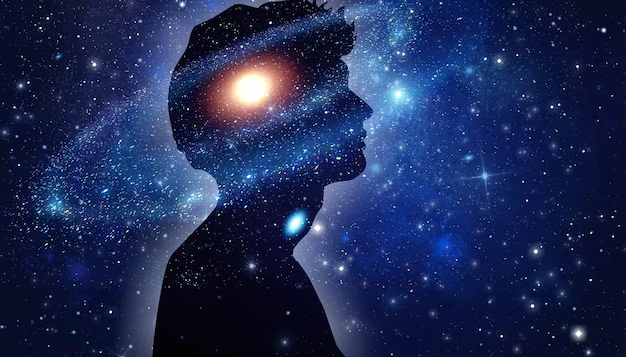
6. Implications for Philosophy and Science
Wheeler’s participatory universe has affected not only physics but also philosophy and psychology. The observer effect, which is well known in disciplines ranging from psychology to electronics, takes on a greater meaning in quantum mechanics, where observation is not merely an instrument of change but of creation. As one description says, “The observer participates, whether or not he/she realizes that he/she participates.” This perspective reverses the traditional observer-world relationship, such that the world exists within the observer’s consciousness as an interpretation of sensory information (The observer effect in the context of consciousness).
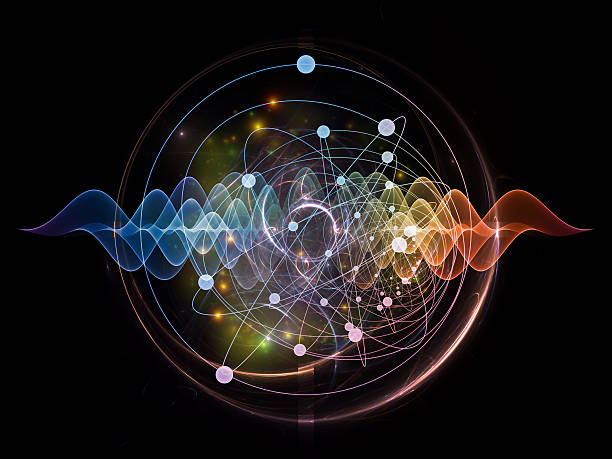
7. The Ongoing Debate: Science, Information, and Reality
Even after decades of advancement, no one seems to agree on the final meaning of quantum measurement. As one recent review remarks, “The Measurement Problem has been haunting physicists and philosophers of science for almost as long as the century since quantum mechanics was proposed.” Rival interpretations many-worlds, objective collapse, hidden variables, and more remain to vie for endorsement, each with various strengths and open mysteries (Decoherence; Measurement Problem; Quantum state collapse).
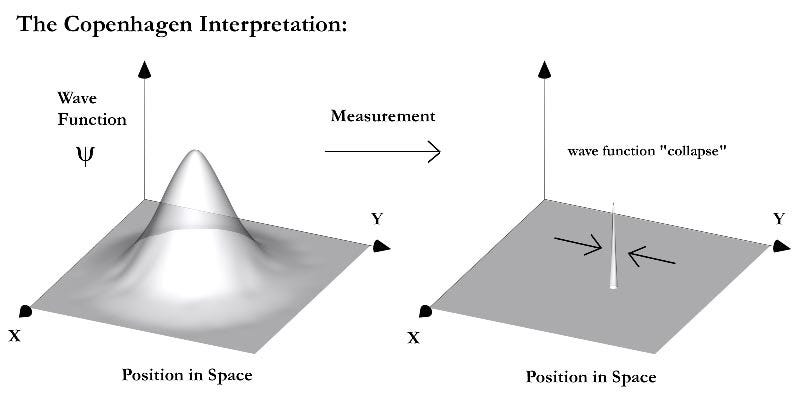
Wheeler’s optimism persists: “Someday surely we will see the principle behind existence as simple, as beautiful, as compelling that we will all say to one another, ‘How could we all have been so stupid for so long.'” The participatory universe, with its deeply entangled observer and observed, is a potent, if contentious, lodestone on the continuing quest for the roots of reality.

